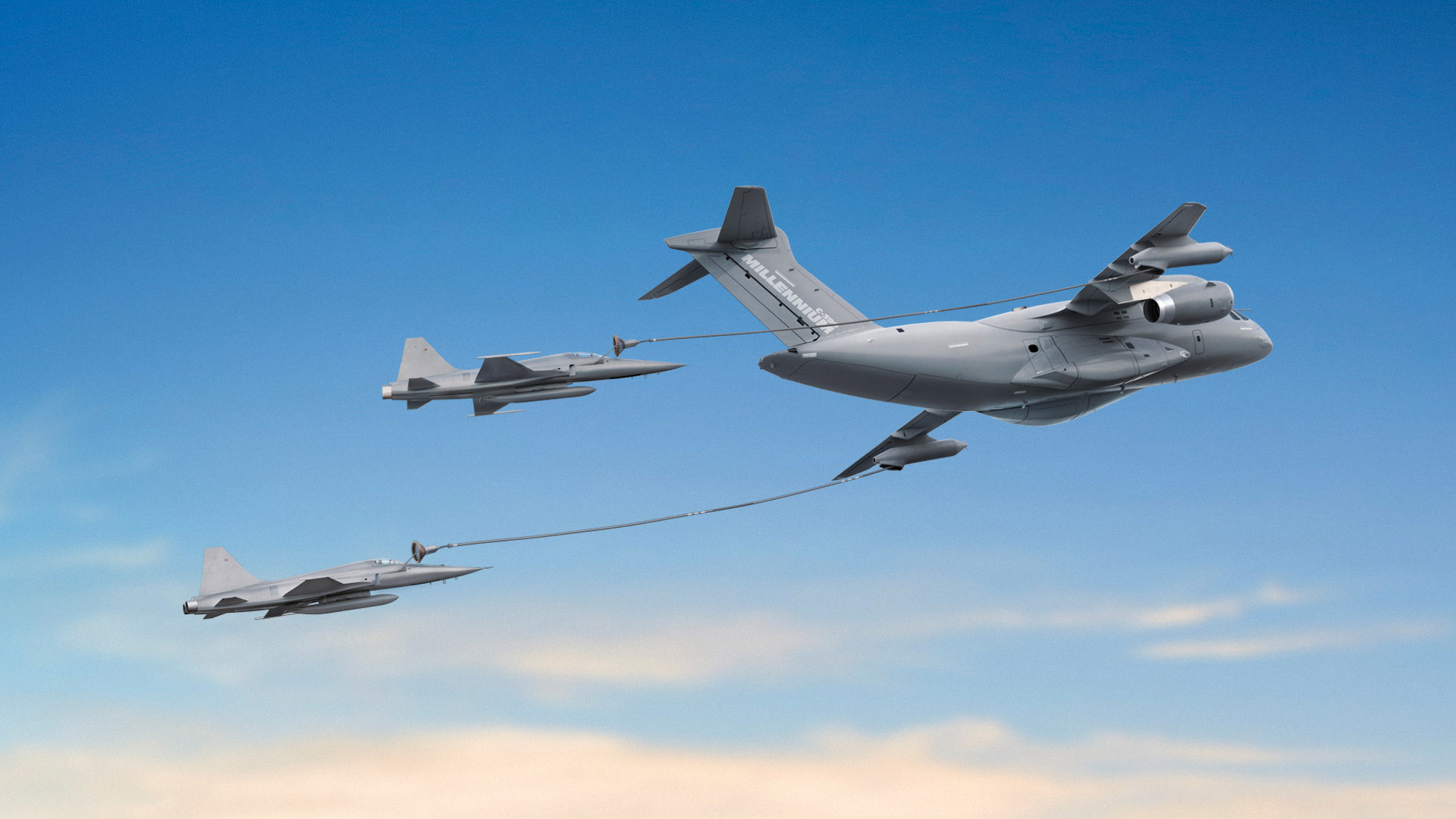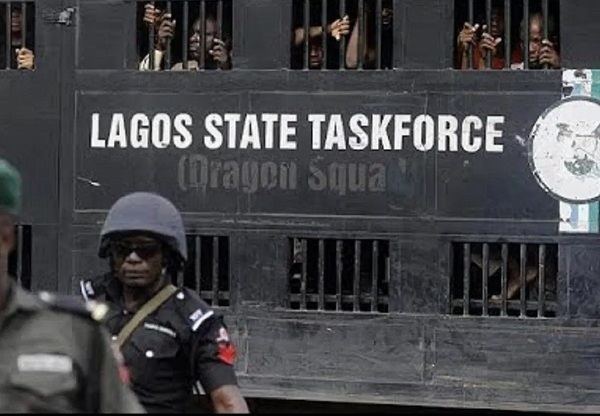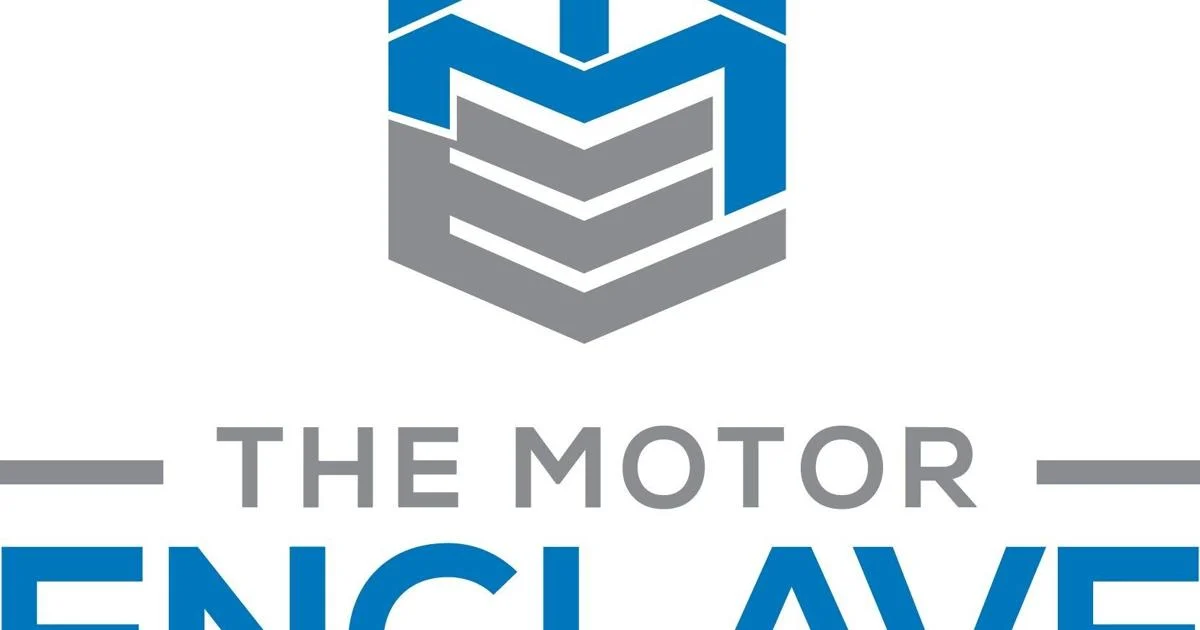
Russia’s war in Ukraine has underscored the need for survivable transport and tanker aircraft that can keep supplies and aircraft flying under fire. In the Pacific, U.S. planners are eyeing China’s ability to strike large, fixed bases, making dispersed operations a necessity. Across both theaters, allies are searching for platforms that do short takeoff and landing on unimproved or damaged airstrips, can quickly reconfigure between missions, and keep operating with minimal downtime.
Traditional workhorses like the C-130 and C-17 have served admirably, but both date back to Cold War designs. They remain indispensable, yet their age and limitations are increasingly evident against modern threats. Agile combat employment, the doctrine driving the U.S. Air Force and international air forces, demands a new generation of transport that can operate faster, farther, and with greater functionality.
This is the space where Embraer has positioned its new KC-390 Millennium multi-mission aircraft. The KC-390 is a faster, more survivable, and more affordable alternative to other platforms, and is capable of switching between numerous missions including airlift, air refueling, search and rescue, medical evacuation and Arctic operations. It has already been selected by 11 nations, including 8 European countries and 7 NATO members, and has been flying operationally since 2019.
“The KC-390 is not just a transport, it’s a force multiplier,” said Pete Castor, retired USAF colonel and director of business development and sales for Embraer Defense & Security. “The KC-390 provides unique capabilities across the breadth of airlift, tanking, firefighting, medevac, and special ops — all things I saw U.S. units perform regularly. But here, they’re rolled into one jet.”
That multi-mission flexibility stems from design choices baked in from the start. Every aircraft comes off the production line already plumbed for aerial refueling. Operators can add underwing probe-and-drogue pods, and a boom system is under development by Embraer in anticipation of U.S. Air Force requirements.
The cargo bay was optimized by moving wheel wells outside, giving loadmasters more space and tie-down options. A longer ramp lowers the incline, making it possible to roll on platforms that require alteration to fit into a C-130. HIMARS rolls on and Black Hawk helicopters fit without removing rotor heads or the blades.
The result is rapid reconfiguration for missions shift in under 4 hours, not days. Roll-on/roll-off kits add modular firefighting tanks or containerized medical systems. During the Paris Air Show, the Netherlands announced it will use the KC-390 for critical-care evacuation with intensive-care modules that roll aboard as needed.
Speed, survivability, and connectivity
The KC-390’s performance also sets it apart. Powered by twin Pratt & Whitney/IAE V2500 turbofans, maximum cruise speed is Mach 0.8 with a 36,000 foot altitude ceiling, covering distances faster than the C-130 while burning about the same fuel.
“A six-hour C-130 mission into the Amazon was four hours and 20 minutes in the KC-390,” explained Pete Castor. “That speed means crews don’t have to overnight, the aircraft can return sooner, and you can send it right back out.”
Other performance attributes include maximum concentrated and distributed payload of 55,320 and 50,606 pounds, respectively; range of 1,470 nm with 50,700 pounds; and a ferry range of 3,370 nm.
Survivability was another design driver. The KC-390 can operate from austere or damaged runways with its rugged landing gear, high ground clearance, and engines mounted to avoid foreign object damage. In addition, its open architecture allows customers to install the survivability suite they prefer, whether that is laser and radar warning or other defensive aids.
That same architecture enables advanced connectivity. With space, power, and wiring built in, the aircraft can integrate line-of-sight, beyond-line-of-sight, and satellite communications. Data links let special forces, for example, stream video to the KC-390 and back to command centers in real time.
“You can use it as a node in a larger network,” Castor said. “That’s exactly what air forces want today: awareness, connectivity, and flexibility.”
The aircraft also brings cockpit features uncommon to tactical transports. Collins Aerospace’s Pro Line Fusion avionics suite, more familiar to business jet crews than military pilots, provides intuitive displays, enhanced vision system, synthetic vision, and high reliability. Combined with a head-up (HUD) display that simplifies airdrops and approach work, the system reduces workload and increases mission precision.
“When performing an airdrop with the KC-390, the aircraft’s advanced algorithm continuously calculates and adjusts release parameters in real time, ensuring exceptional accuracy. And with the HUD giving the crew outstanding awareness, the whole process becomes easier, safer, and more efficient,” said Castor.
Embraer also leaned on its civil aviation pedigree for logistics and support. By applying MSG-3 methodology for on-condition maintenance, the KC-390 achieves high availability and low downtime. For the KC-390, that translates to short checks about every two weeks, a 10-day check once a year, and a 35-day heavy check once every five years – numbers that far surpass what’s necessary on the C-130.
Automated diagnostics tell crews what to replace before failures occur, while the airframe structure is continuously monitored. The result: mission-capable rates above 93 percent and mission completion rates over 99 percent. During the pandemic, the aircraft proved its endurance, flying nonstop relief missions into the Amazon with minimal downtime.
Castor noted that reliability resonates with commanders. “What struck senior Air Force officials is the KC-390’s reliability, as there’s a cost associated with maintaining a platform. With this aircraft, you get high availability at lower lifecycle cost. That’s a game-changer.”
The KC-390 is also deeply tied to U.S. and allied industry. Engines from Pratt & Whitney and avionics from Collins Aerospace are among the American systems that make up more than 52 percent of its content. If the U.S. Air Force commits to a procurement, Embraer has pledged to build it domestically, investing up to $500 million in new facilities.
Castor noted that several U.S. states have expressed interest in hosting production. Embraer has been present in the U.S. for over 46 years and currently manufactures executive jets in Florida and light attack aircraft in Jacksonville. Castor also notes that any KC-390s built in America would also support allied customers. “Whatever’s made here ultimately supports global interoperability,” Castor said.
Already, international demand for the tanker/airlifter is strong. Portugal, for example, took delivery of its first KC-390 in 2023 and immediately flew it to the U.S. to retrieve a Black Hawk, loading it without rotor removal and returning to Lisbon the next day. Hungary operates the aircraft since 2024, and the Netherlands, Austria, Czech Republic are also joining the fleet, underscoring NATO interoperability. South Korea also acquired the KC-390 in 2023.
The case for the KC-390
Air forces today face contested logistics and myriad needs such as refueling and medevac across Europe and the Indo-Pacific. In many cases, survivability and speed are as critical as payload. The KC-390 Millennium was designed for these scenarios, offering modern jet performance at a cost of ownership closer to older turboprops. Cruising at nearly Mach 0.8, the aircraft covers distance faster than a C-130, yet burns fuel at a comparable rate.
Its design emphasizes flexibility, such as a longer cargo ramp and external wheel wells to maximize usable space. Reconfiguration between missions takes hours rather than days thanks to roll-on/roll-off kits that enable medical evacuation, firefighting, troop transport, in addition to the core aerial refueling and transport functions.
Survivability is built in, as well, with rugged landing gear, high ground clearance, and open-architecture systems that allow operators to integrate their choice of defensive aids.
Finally, the KC-390 has proven to be reliable in active-duty operations. Presently operated by three nations it has flown pandemic relief missions deep into the Amazon, carried helicopters across the Atlantic, and has proven its capability supporting military operations in Europe.
For operators preparing for agile combat employment, the KC-390 Millennium represents a rare blend of capability, affordability, and resilience.



